- DroidAfrica
- Olla
- Olla Note 3
Olla Note 3
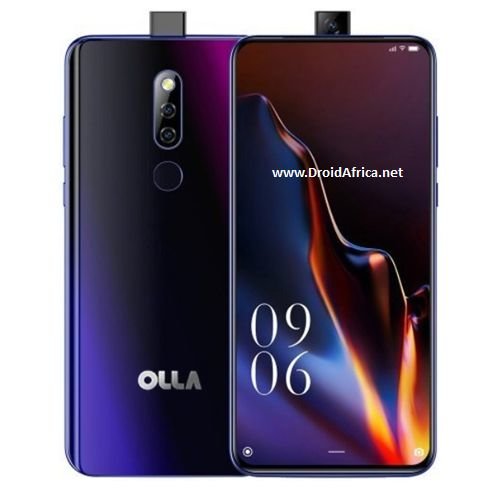
Olla Note 3 Highlights and Overview
The Olla Note 3 is a new series of smartphone sub-branded under OPay. The device is literally a re-branded version of the ElePhone Px smartphone, and come with similar design and specifications. For starters, it comes in a 6.53-inches IPS HD+ display, with 720 x 1560 pixels resolution, a 19.5:9 ratio and a pop-up selfie shooter upfront.
On the camera department, there is a dual rear sensors, comprising of a 16-megapixel main sensor and a 2-megapixel depth lens, while the selfie duty is left to a single 16-megapixel front-facing camera kept in the motorized pop-up above the screen.
As for the CPU, you are getting a 2.0GHz octa-core Mediatek MT6763 Helio P23 CPU, along with Mali G71 MP2 GPU, a 4GB RAM and 64GB internal storage, expandable up 128GB via SD card. The A6 Max runs on Google Android 9.0 (Pie) out of the box.
It has a rear placed fingerprint scanner and come with support for dual Nano-SIMs, with 4G LTE networks on both SIMs. There is a built-in 3300mAh and available in Coral Blue and Midnight Black colors. Other key specifications and silent features of the Opay Olla Note 3 are detailed in the specs table below.
Olla Note 3 Full Specifications and Features
NETWORK
| Technology | GSM / HSPA / LTE |
| 2G Network Bands | GSM 850 / 900 / 1800 / 1900 - SIM 1 & SIM 2 |
| 3G Network Bands | HSDPA 850 / 900 / 1700(AWS) / 1900 / 2100 |
| 4G Network Bands | LTE band 1(2100), 2(1900), 3(1800), 4(1700/2100), 5(850), 7(2600), 8(900), 20(800), 28(700) |
| 5G Network Bands | No support for 5G Network modem |
| Speed | HSPA 42.2/5.76 Mbps, LTE Cat4 150/50 Mbps |
LAUNCH
| Also Known As |
- - |
BODY
| Dimensions | 157.9 x 78.9 x 9.5 |
| Weight | 202 grams |
| Build | Premium Plastic |
| SIM Type | Dual SIM (Nano-SIM, dual stand-by) |
DISPLAY
| Display Type | IPS LCD capacitive touchscreen, 16M colors |
| Size | 6.53 inches, 102.6 cm2 (~84.26% screen-to-body ratio) |
| Resolution | 720 x 1560 pixels, 19.5:9 ratio (~267 ppi density) |
PLATFORM
| Operating System | Android 9.0 (Pie) |
| Chipset | Mediatek MT6763 Helio P23 (16 nm) |
| CPU | Octa-core CPU (4x2.0 GHz Cortex-A53 and 4x1.5 GHz Cortex-A53) |
| GPU | Mali G71 MP2 |
MEMORY
| RAM + ROM | 4 GB |
| Card Slot | Yes, up to 128GB via microSD card |
MAIN CAMERA
| Camera Type | Double Lenses |
| Camera Sensor(s) | 16 MP + 2 MP Main cameras |
| Camera Features |
Autofocus Continuous shooting Digital zoom Geotagging Panorama HDR Touch focus Face detection White balance settings ISO settings Exposure compensation Self-timer Scene mode |
| Video Resolution | 1080p@30fps |
SELFIE CAMERA
| Camera Type | Single Lens |
| Camera Sensor(s) | 16 MP motorized pop-up selfie camera |
| Camera Features |
FaceID HDR AI Beauty LED |
| Video Resolution | 1080p@30fps |
SOUND
| Loudspeaker | Yes |
| Speaker Location | Chin, below display |
| Audio Jack Type | No |
CONNECTIVITY
| Bluetooth | Bluetooth 4.2, A2DP |
| NFC | |
| GPS | Yes |
| FM Radio | Yes |
BATTERY
| Battery Capacity | Non-removable Li-Ion 3300mAh battery |
| Wireless Charging | No |
| Talk Time Talk Time is the longest time that a single battery charge will last when you are constantly talking on the phone under perfect conditions, Ambient temperature and highly dependent on the cellular network environment such as the distance to the closest cell network tower. | Up to 28 hours |
| Stand-by | Up to 680 hours |
OTHER FEATURES
| Sensors | Fingerprint (side-mounted), accelerometer, proximity, compass |
| Box Contents | Charging Brick / USB cable |
Olla Note 3 User Reviews and Opinions
Comments 24
Leave a Reply
Disclaimer Note
This specification was entered manually, hence we CANNOT guarantee 100% accuracy. Any error? Let us know in the comment section.







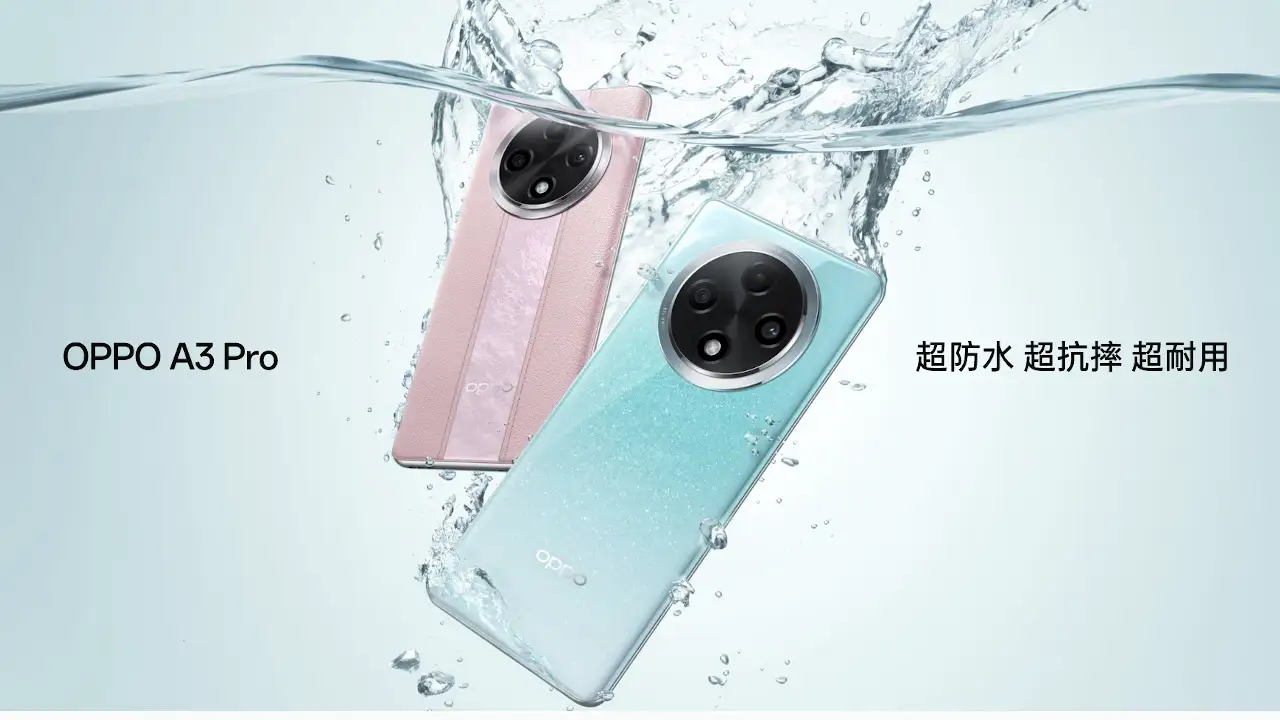

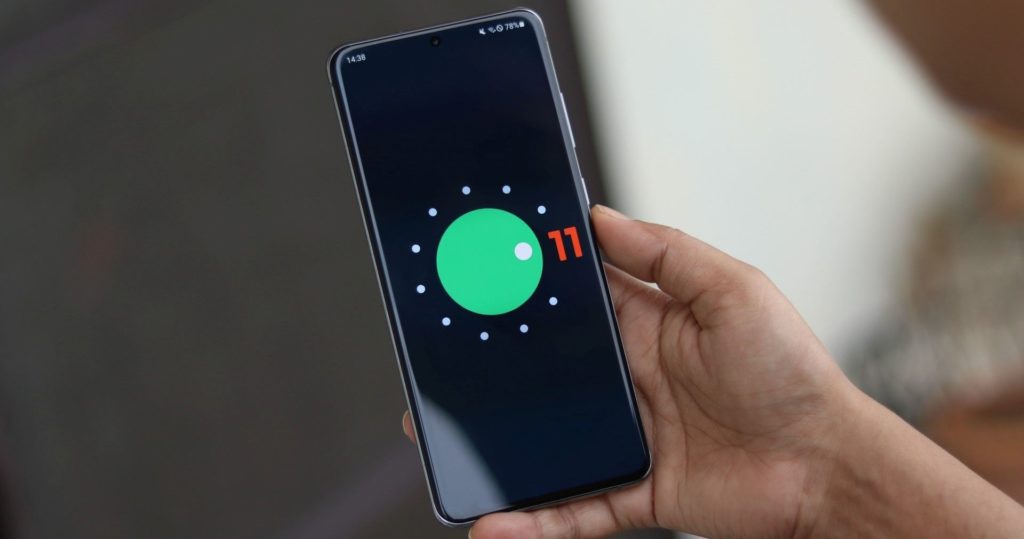
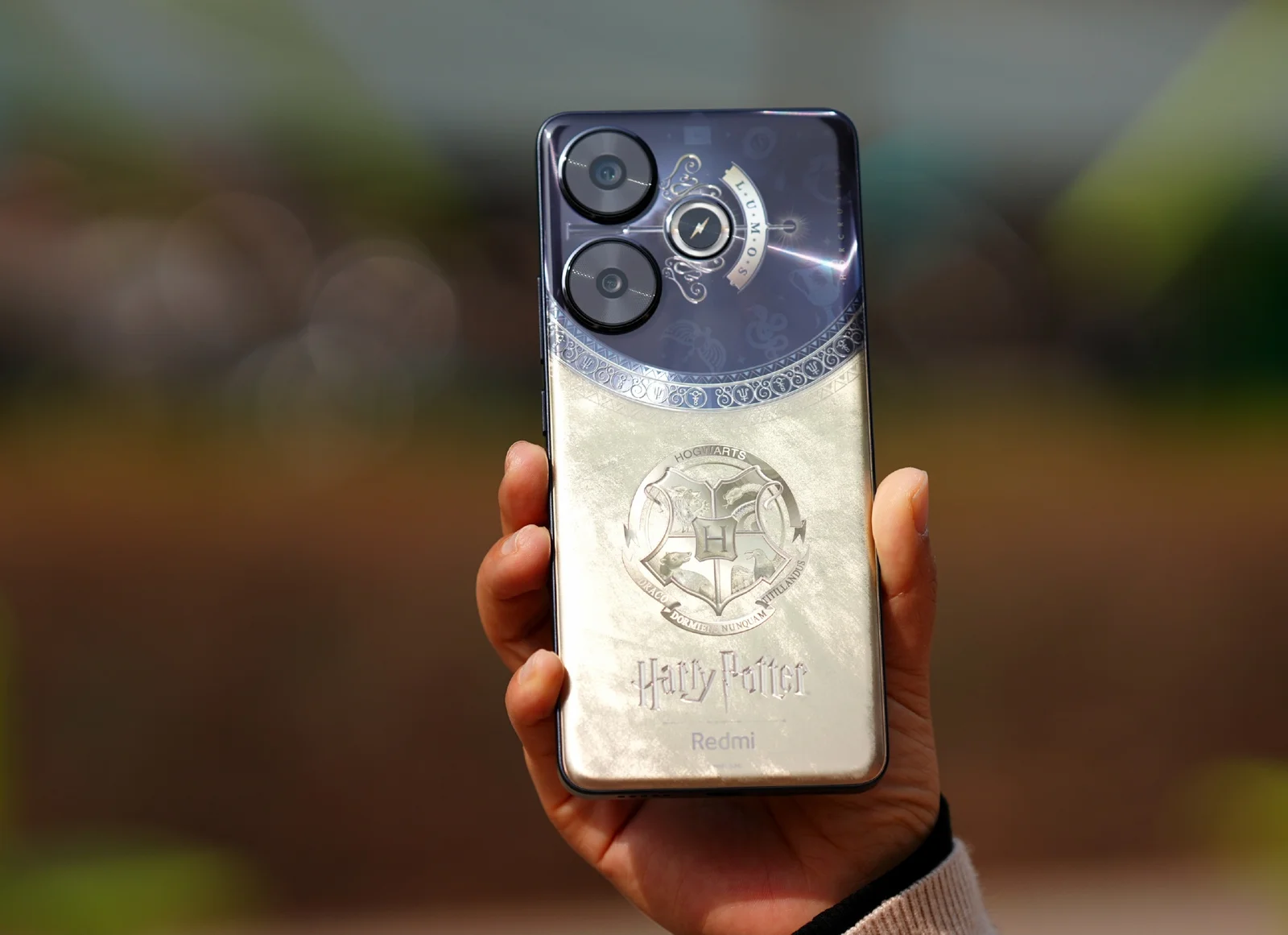
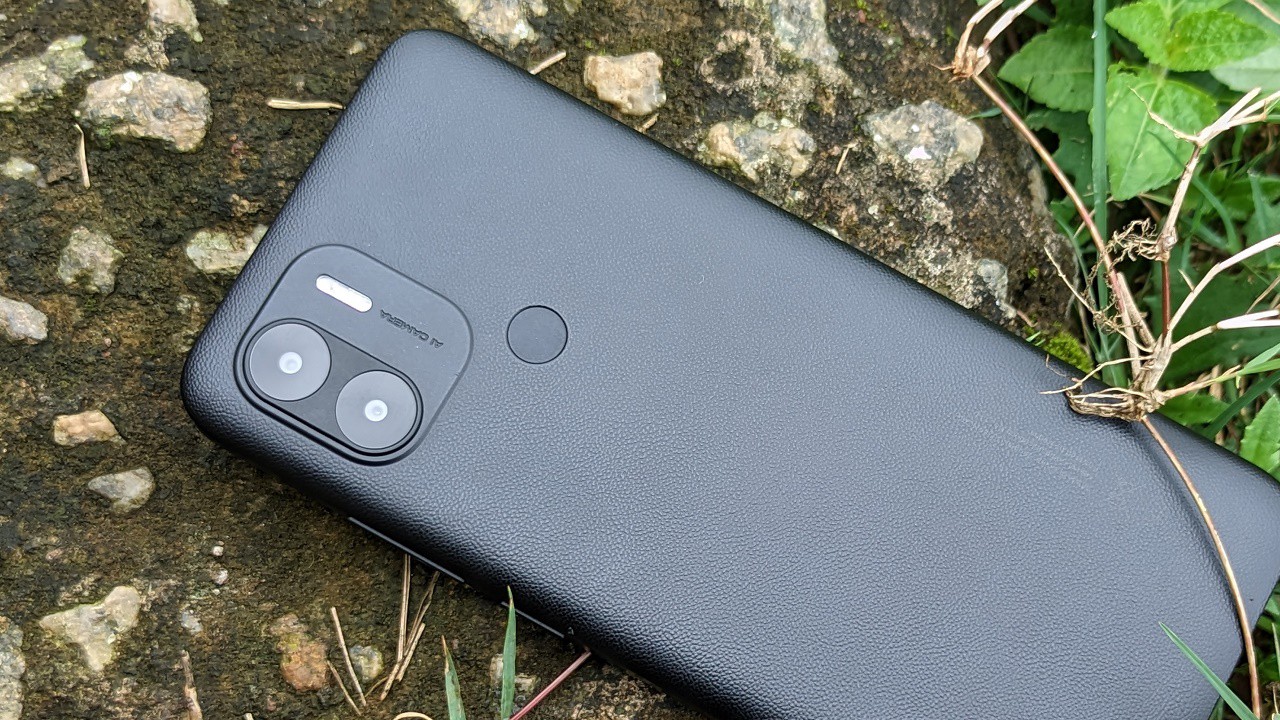
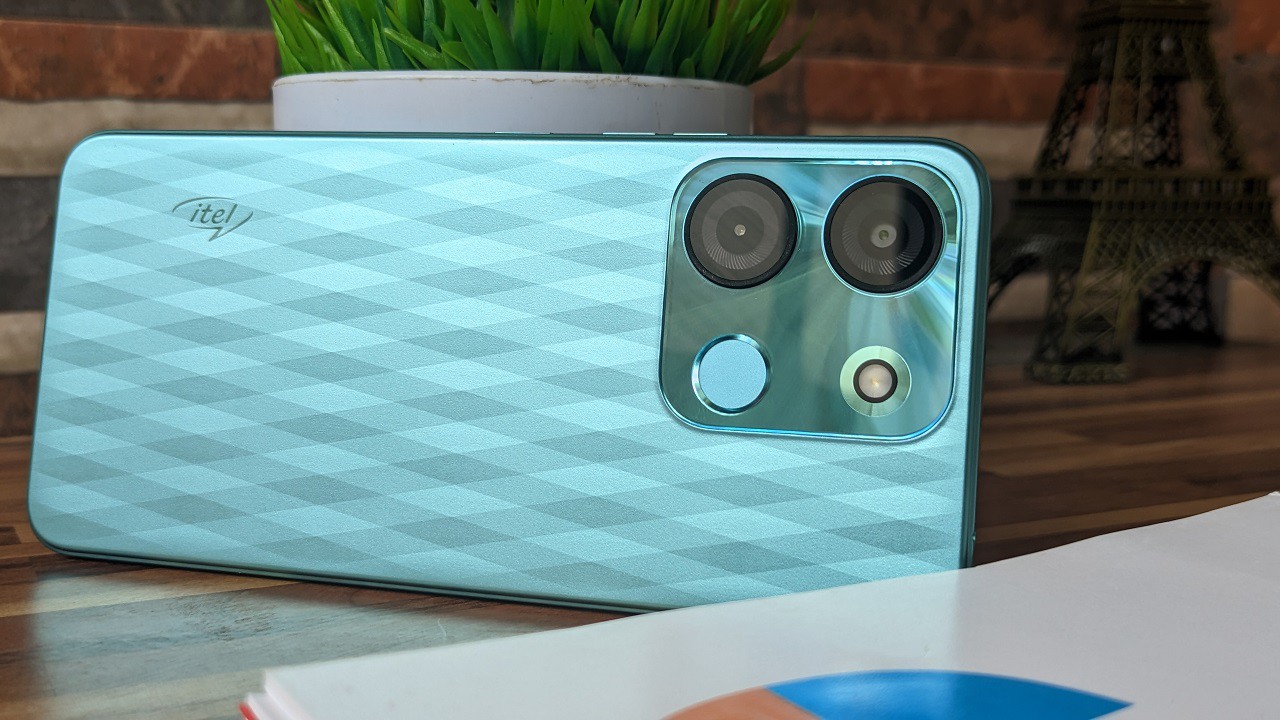
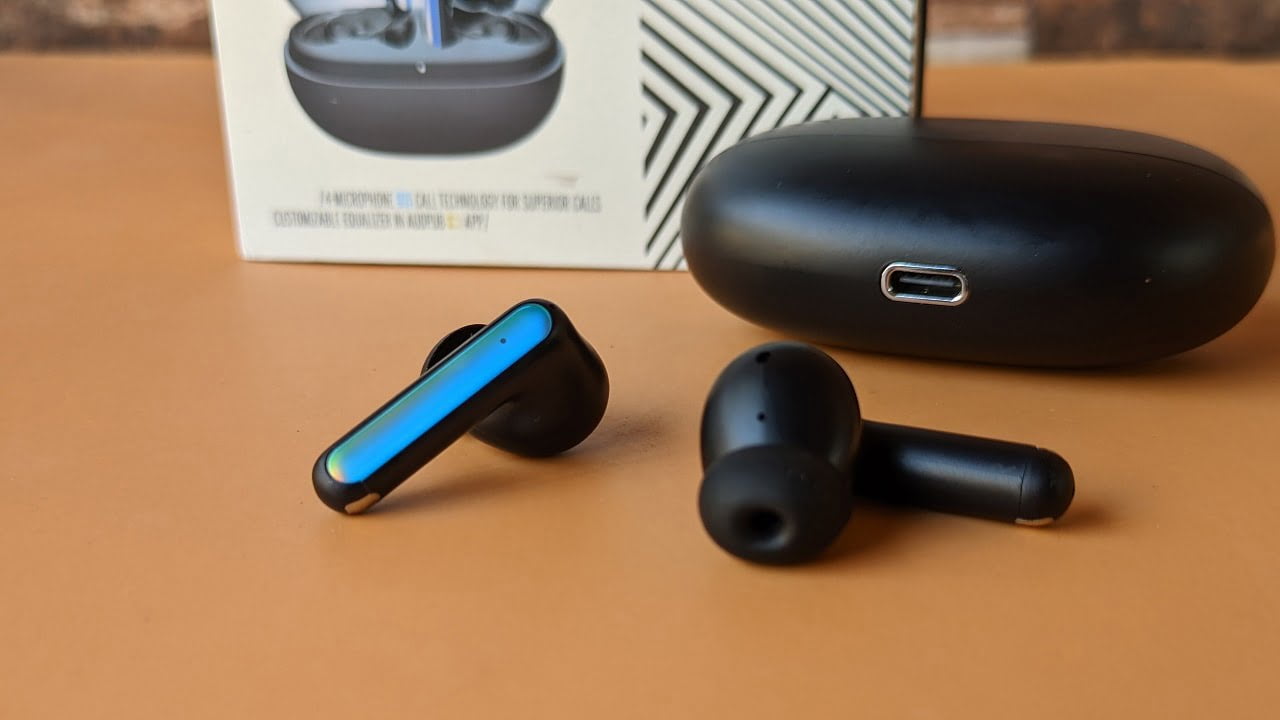
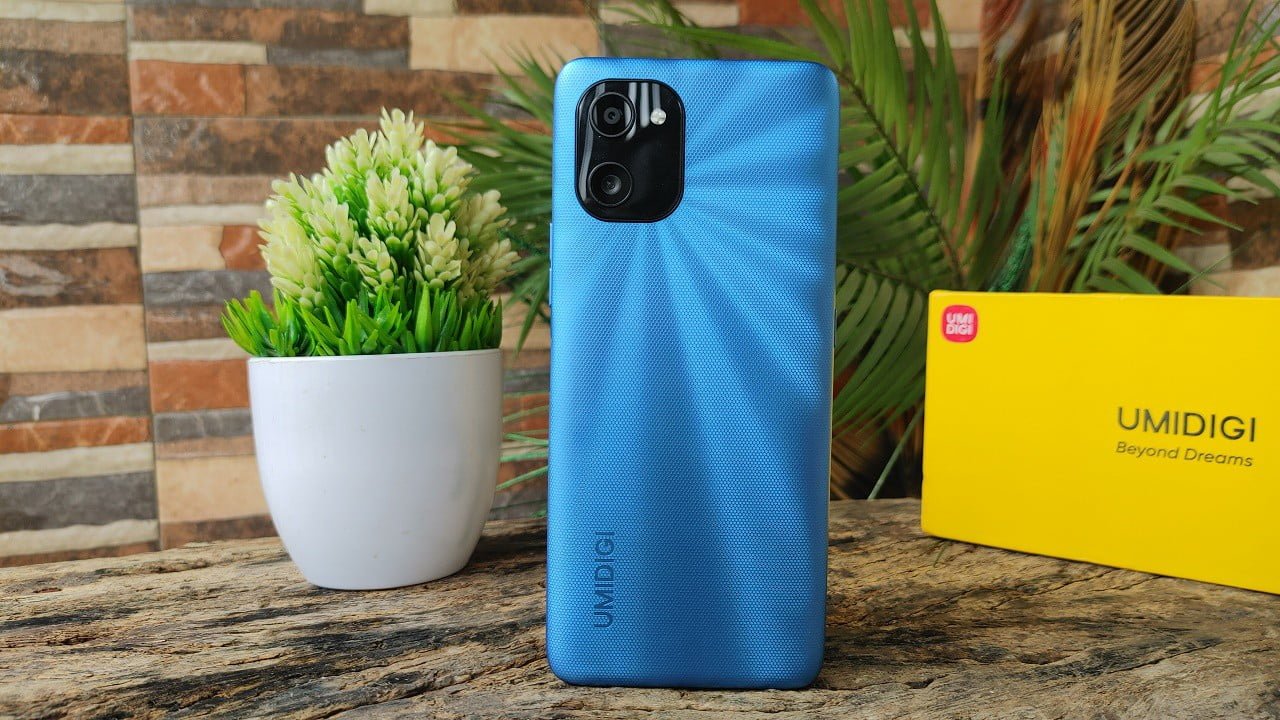
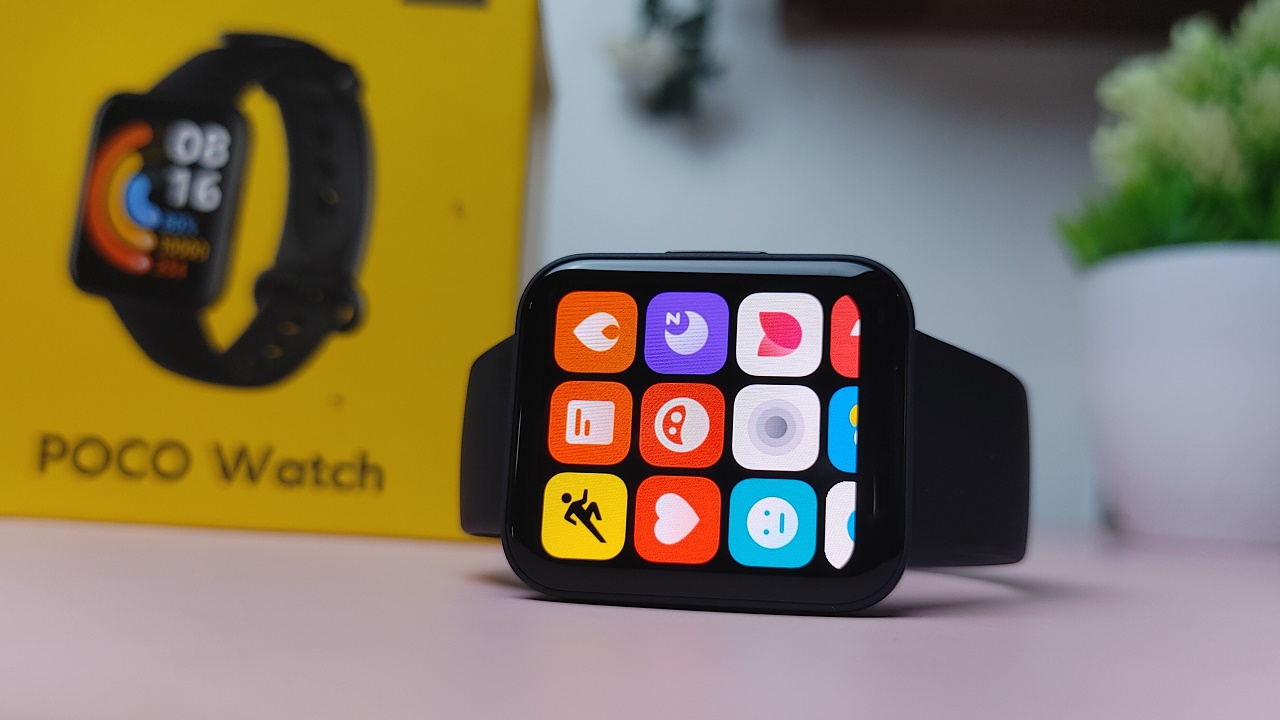
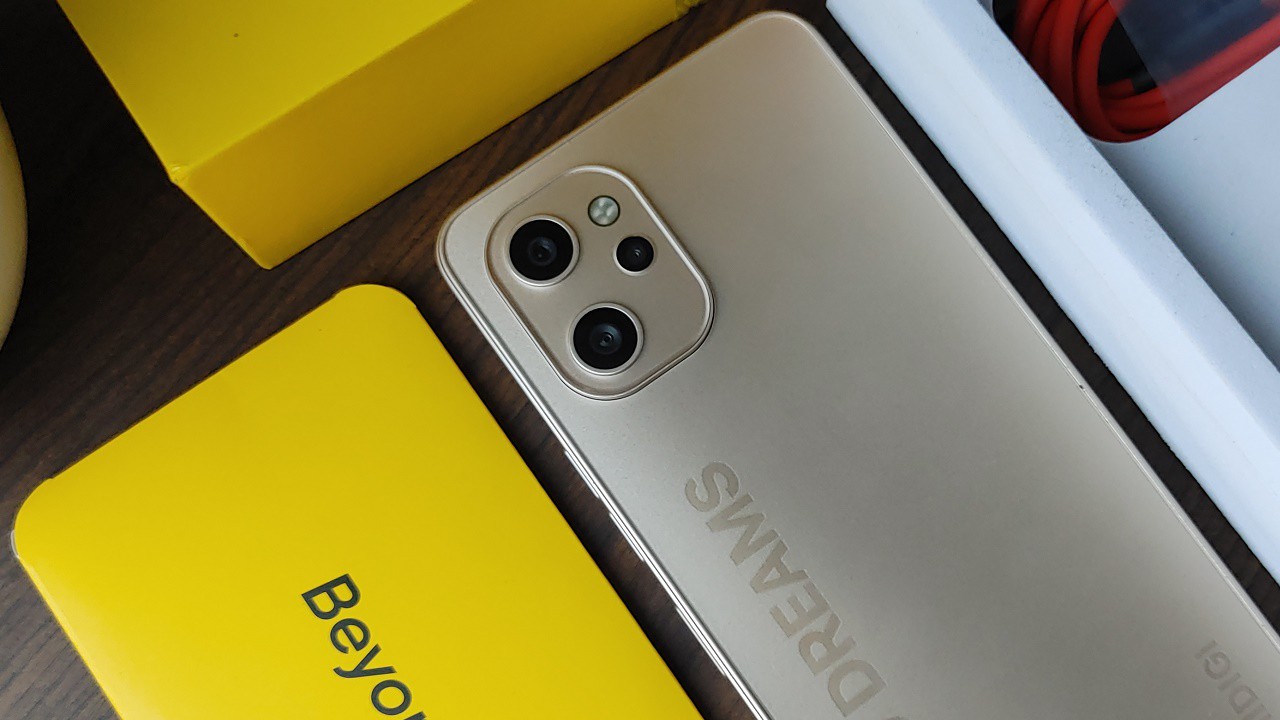
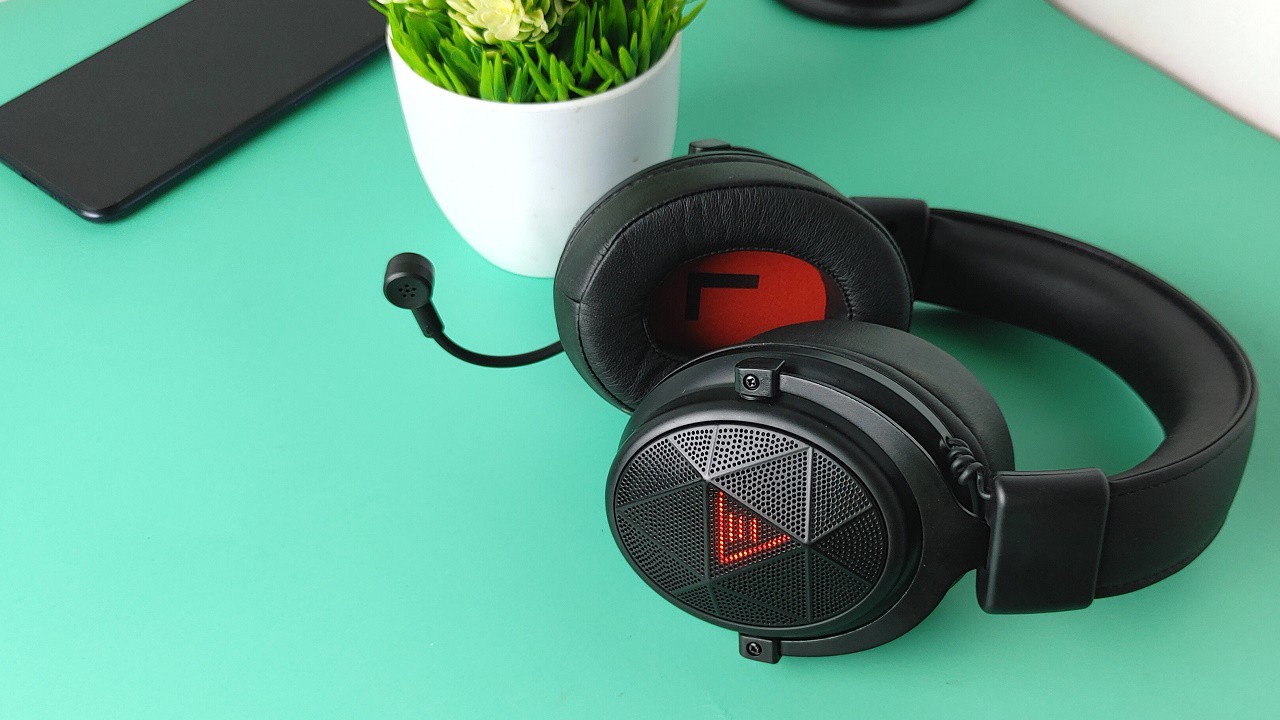
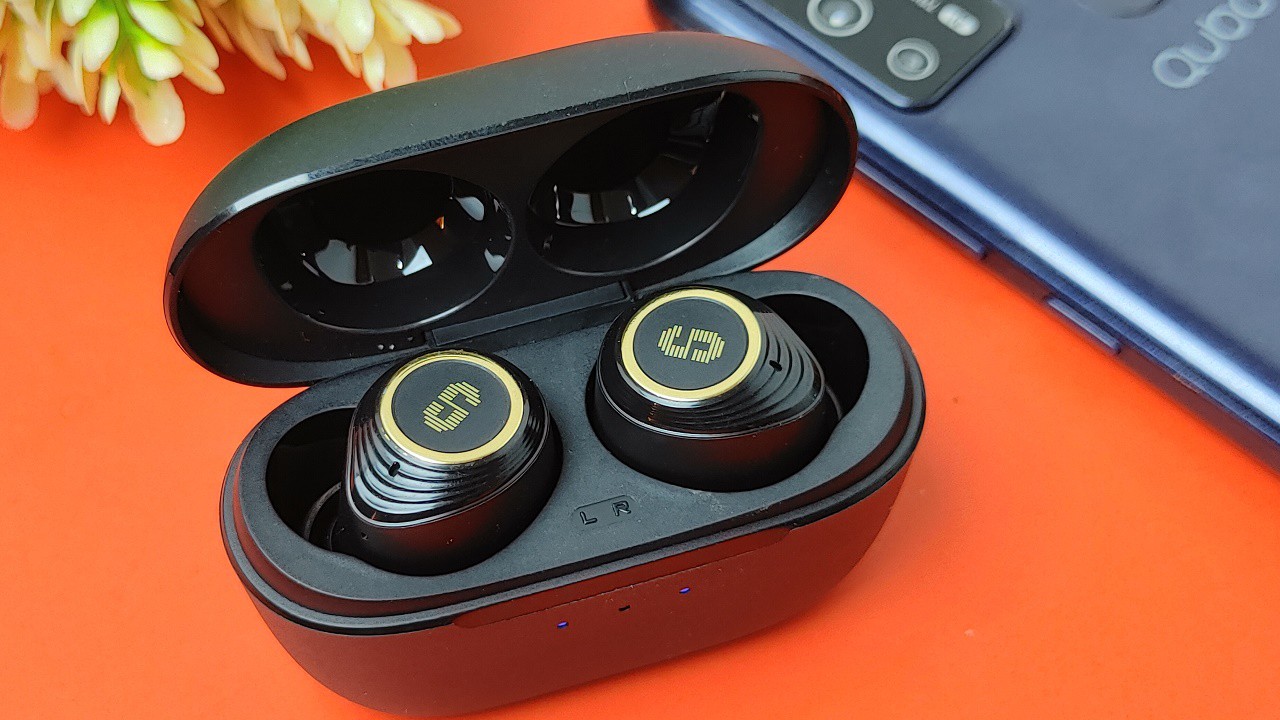
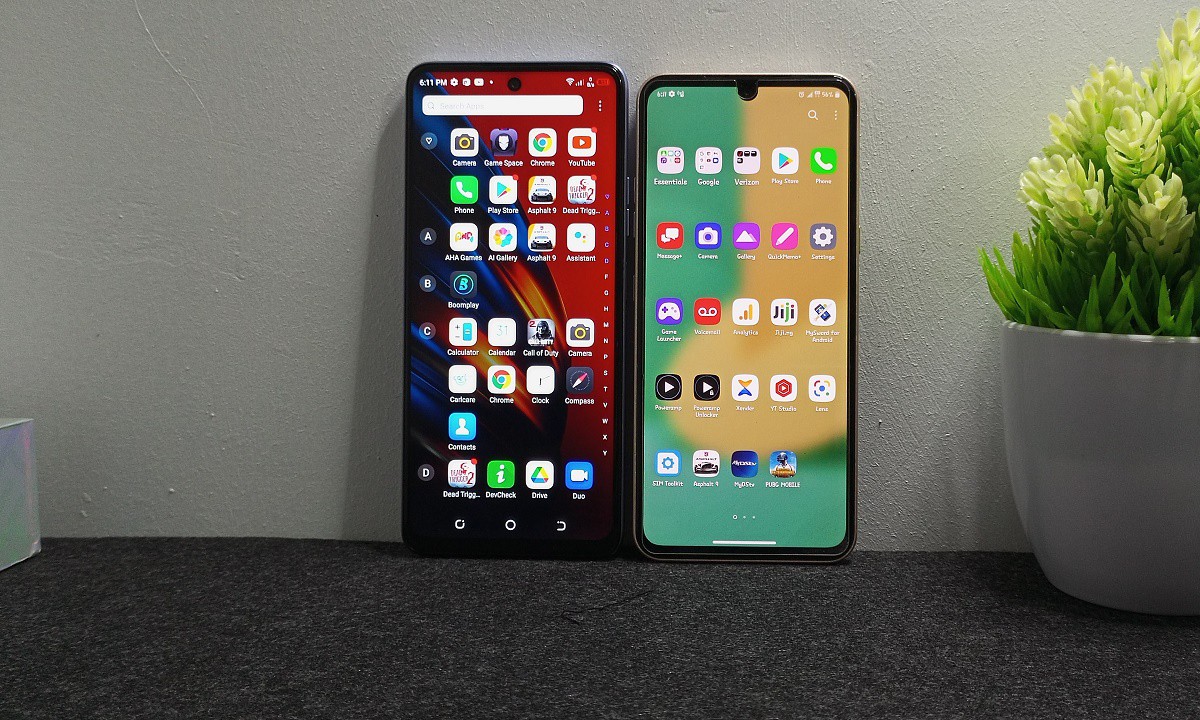

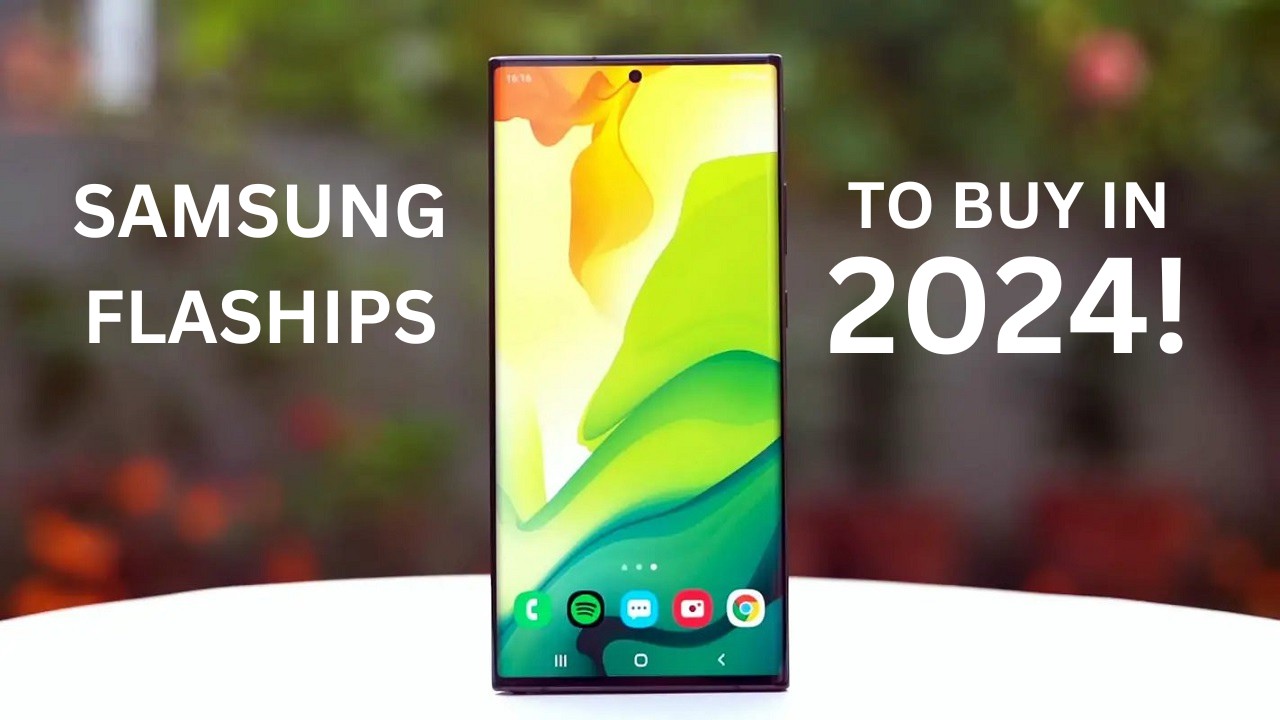
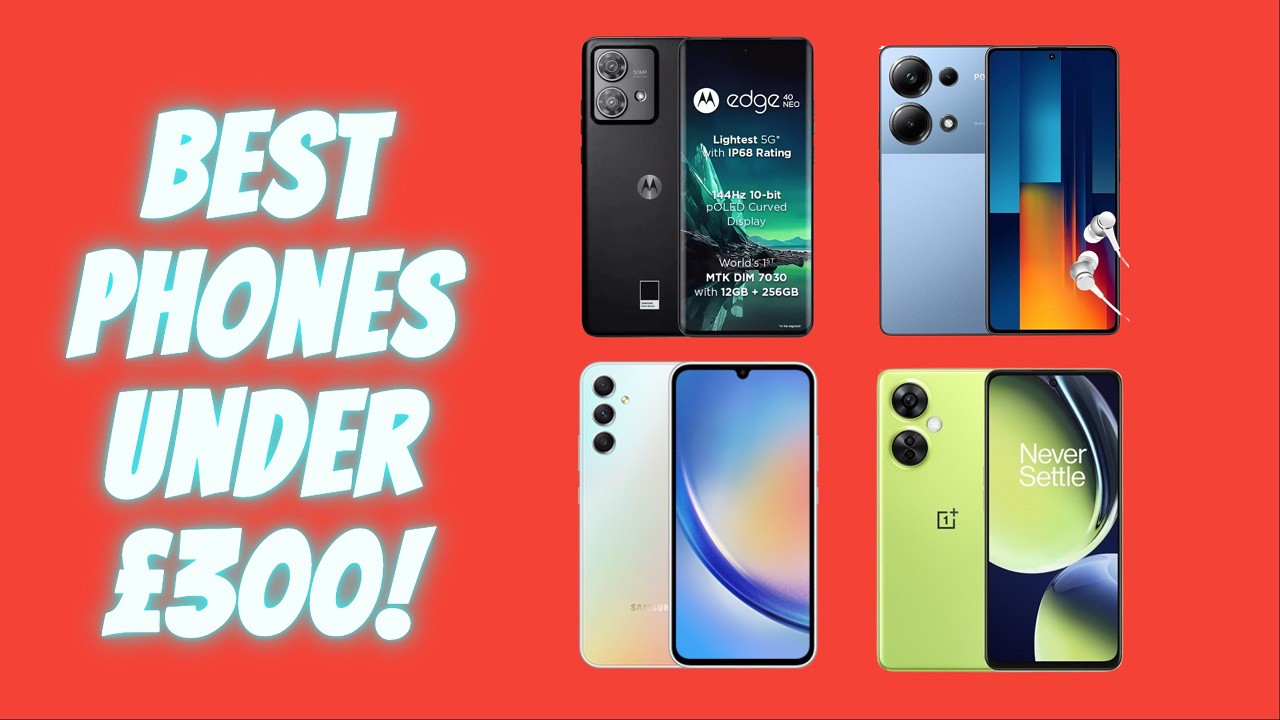

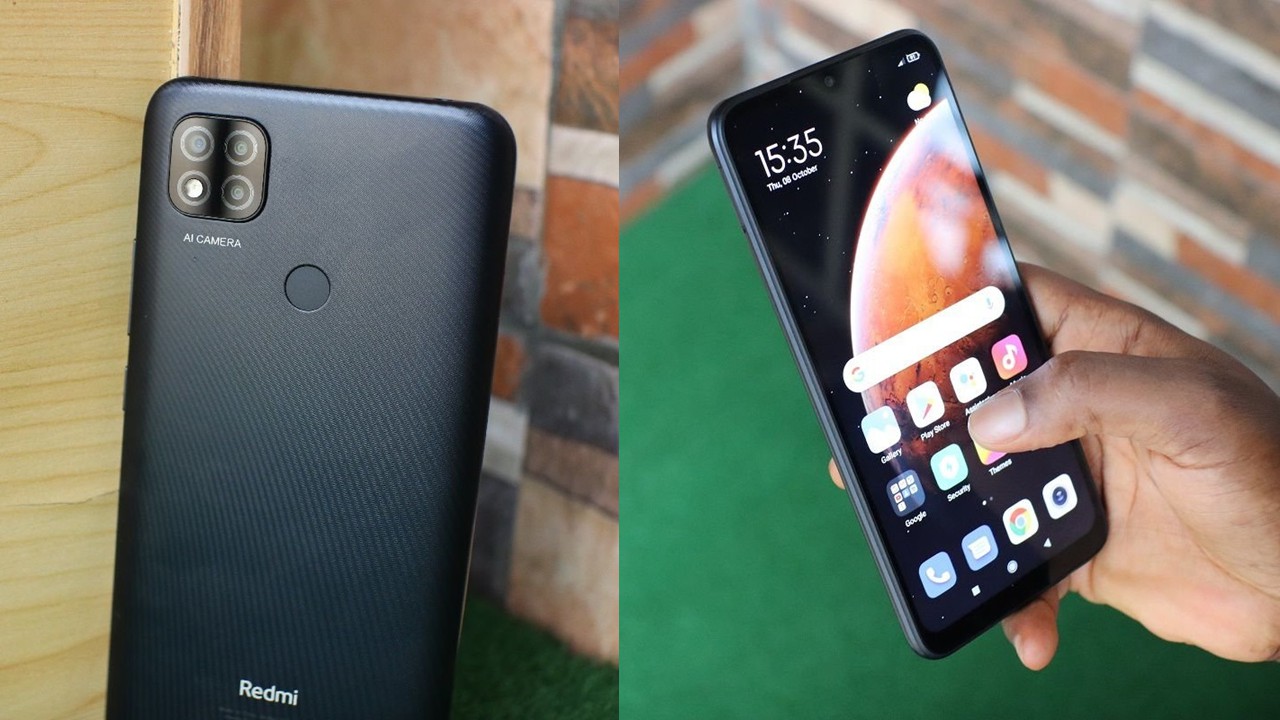
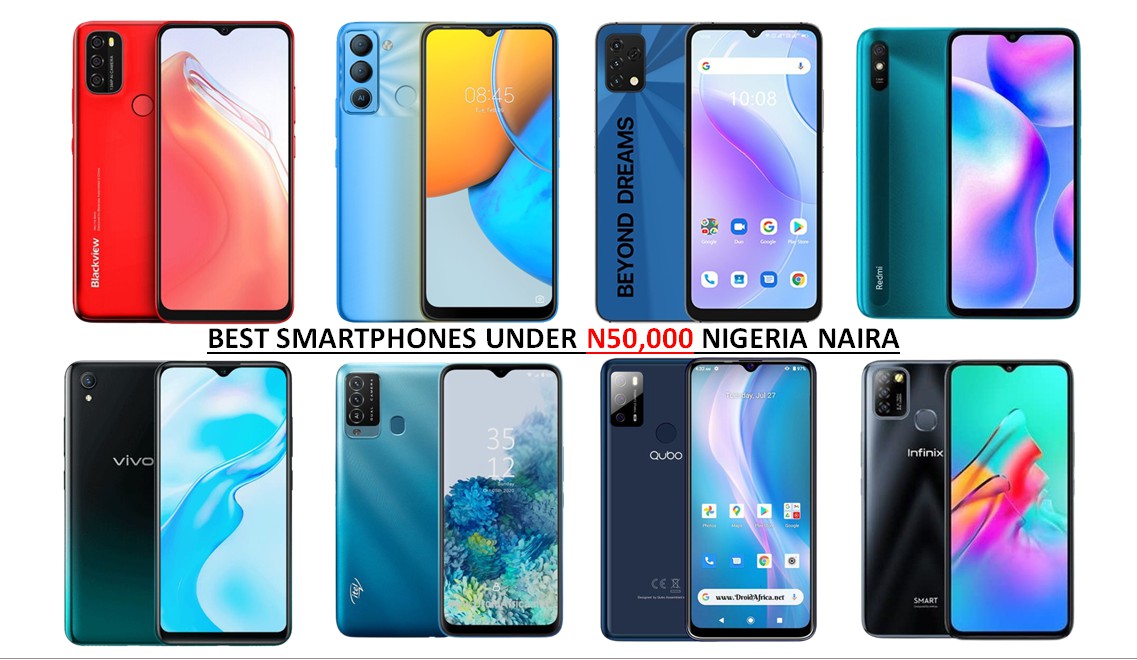
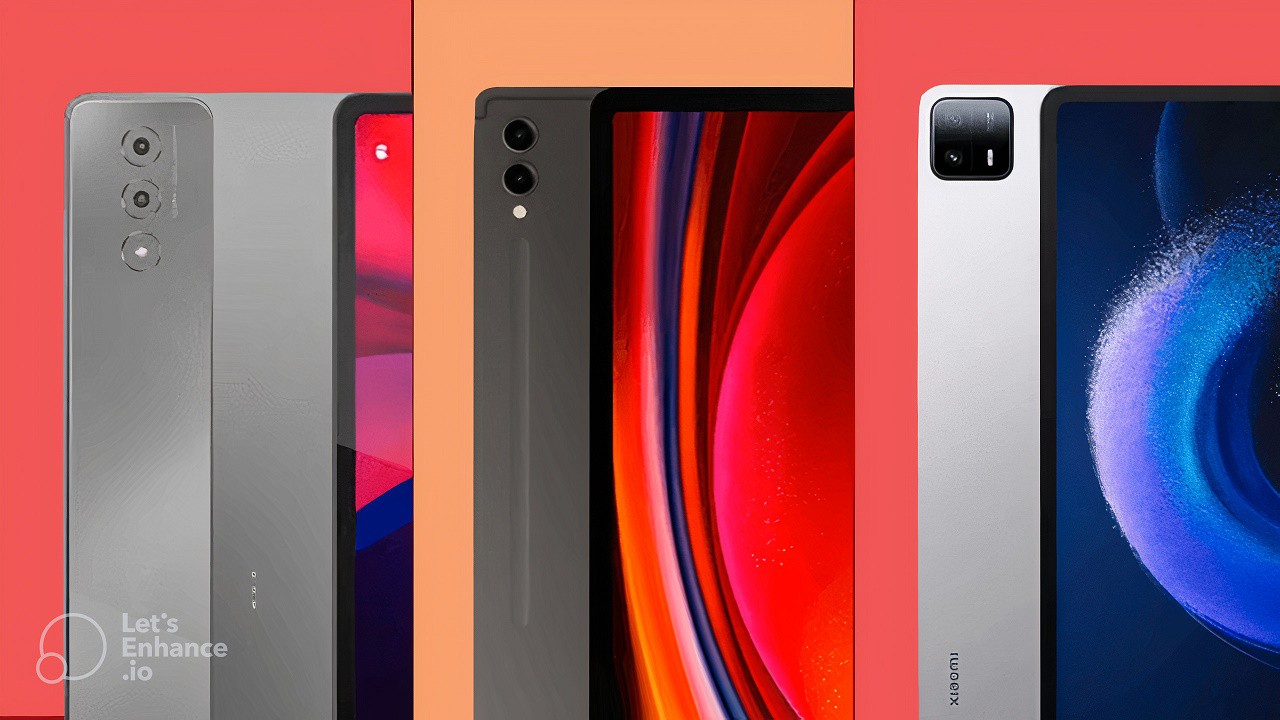
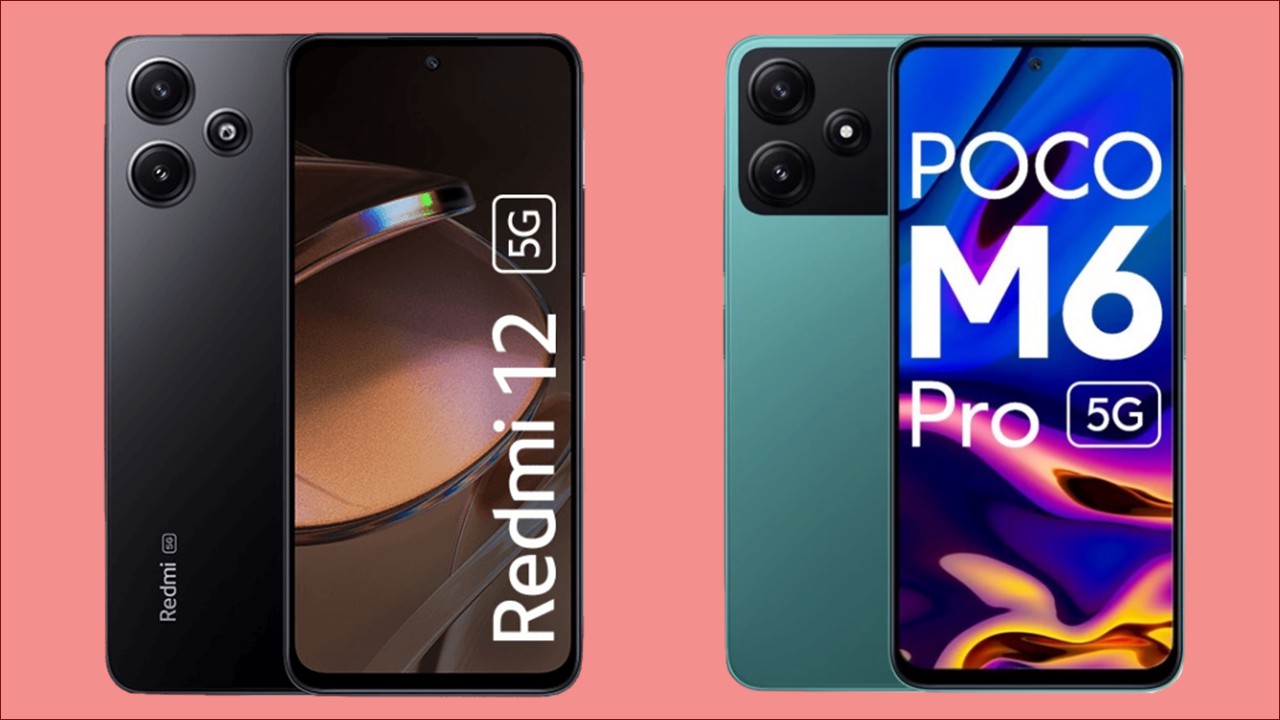
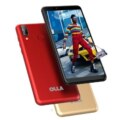

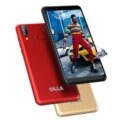
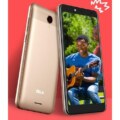
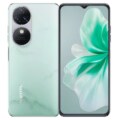
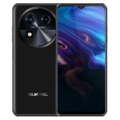
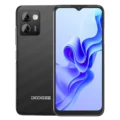

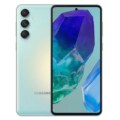
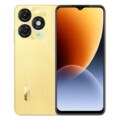

It’s a nice phone, still checking for any fault but none yet.
Same here too, got mine delivered on Friday and I have been enjoying it
Pls, how much did you buy it
Not really enjoying this phone because of the power and network experiences am having, it freezes and restarts at the middle of every single task, maybe typing a message or charting, it’s even worst when you try playing games. The network can go off and return with out no time distructin what ever you are doing, all this problem from the very day 1 of purchase the camera is ok the battery life is good the colour and pop-up cselfie is nice too but I need help so I can enjoy my money. Contact to customer care please I don’t mind paying for the repair
The phone network is very bad i’m not enjoying it at all
I’m really having problems with this phone. Since the first day it keeps on restarting itself after freezing even when doing simple tasks. I cant even play games for more than around 10 minutes without it restarting itself. What could be the sln to this?
please i will like to get a screen replacement for my olla note 3 phone, the screen is broken and i can’t get a replacement till date
Please have you been able to get a screen replacement. Kindly help with source. Anyone who can should help please.
Thank you
Please can I request for a replacement for my olla note 3 back cover ? Because mine is broken
Please I need the touch pad
Pls I just got mine olla note 3,I can’t fix my headphone,pls how is it done,I really need help.thanks
I need olla note 3 screen
I also need the screen for my olla note3
I have been looking 4 olla note 3 screen
Plz where can I get replacement for my olla note 3 back cover it’s broken
I need a screen for my olla note3 phone, the old one got damaged.
Having same problem
I need olla note 3 screen
J’ai besoin de batterie de cellulaire olla m6. Urgent !
I need screen for my olla note 3
Any help with getting it would be appreciated
How can i get ills note 3 sensor
I cant find ollanote3 screen
Please do you have the screen for Olla note 3
Anyone who knows where to find olla note 3 screen please indicate mine has broken